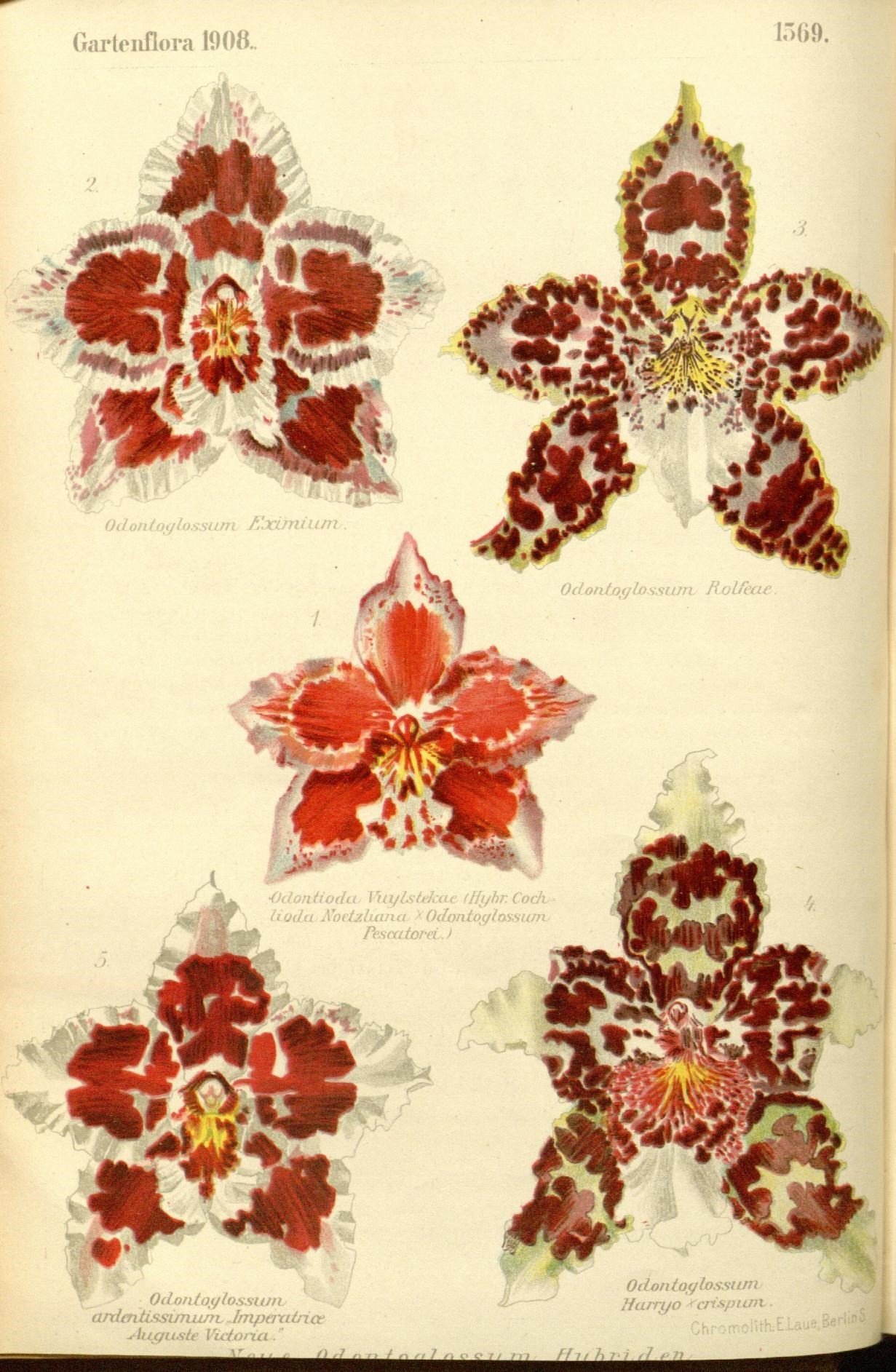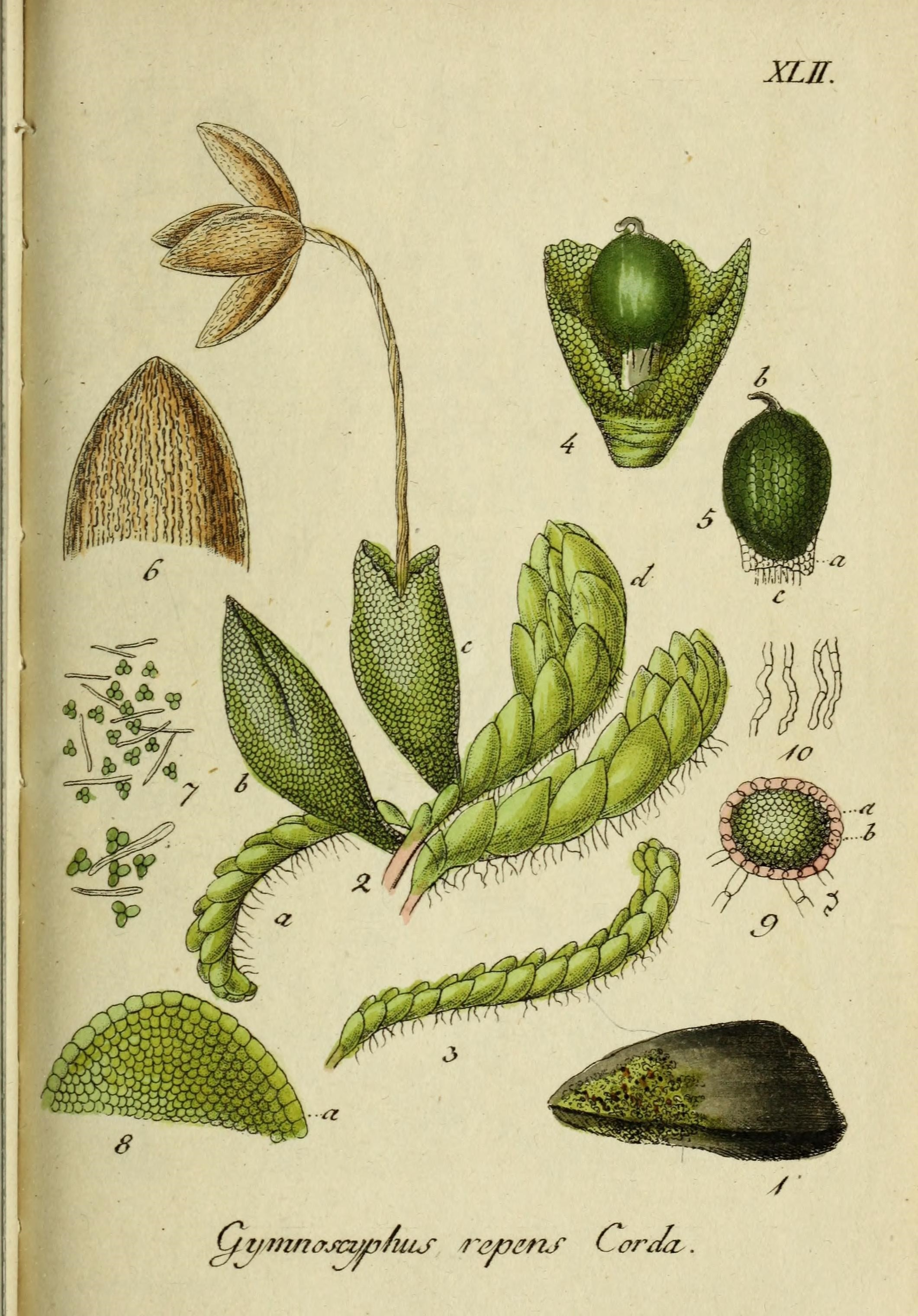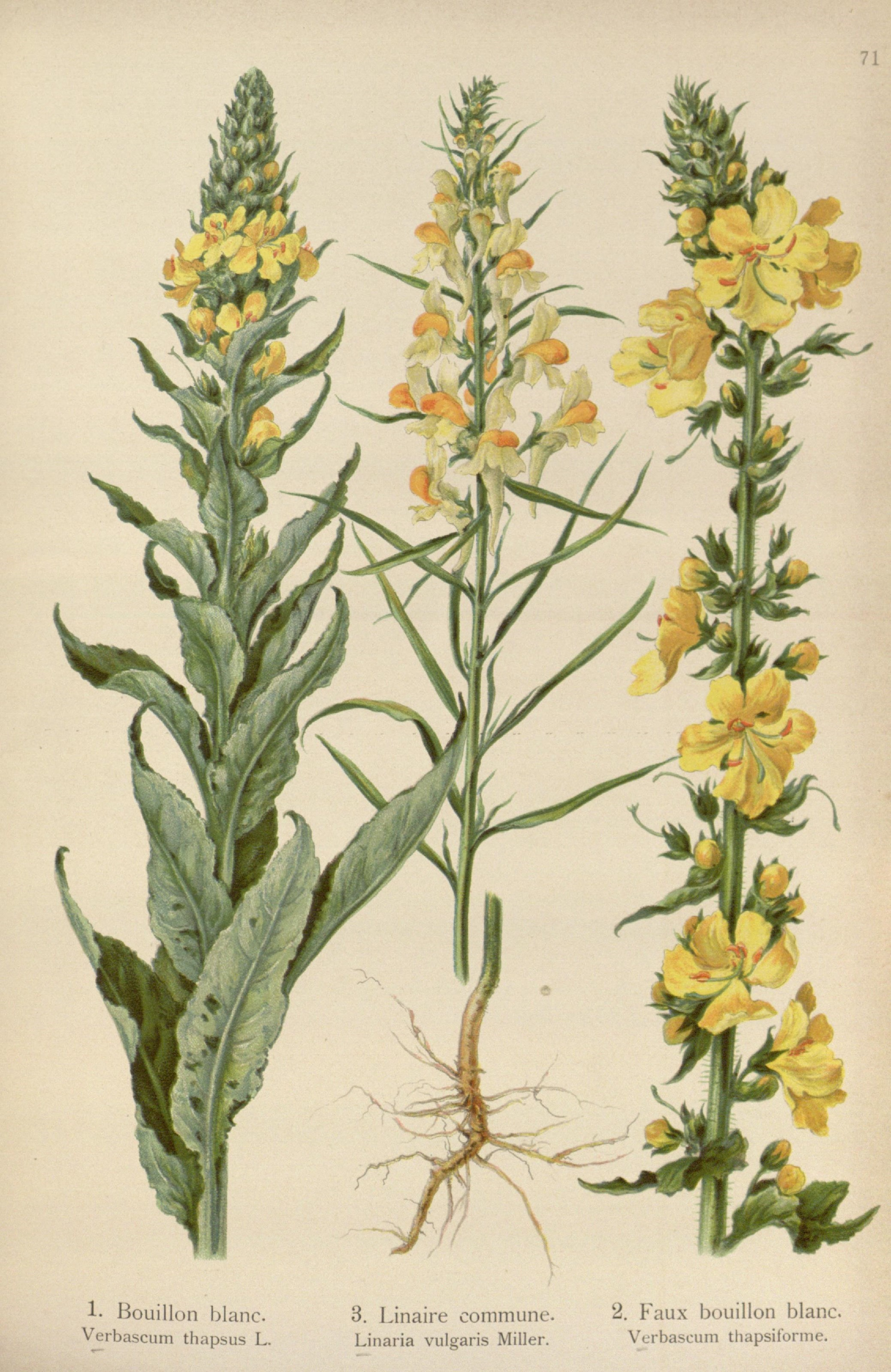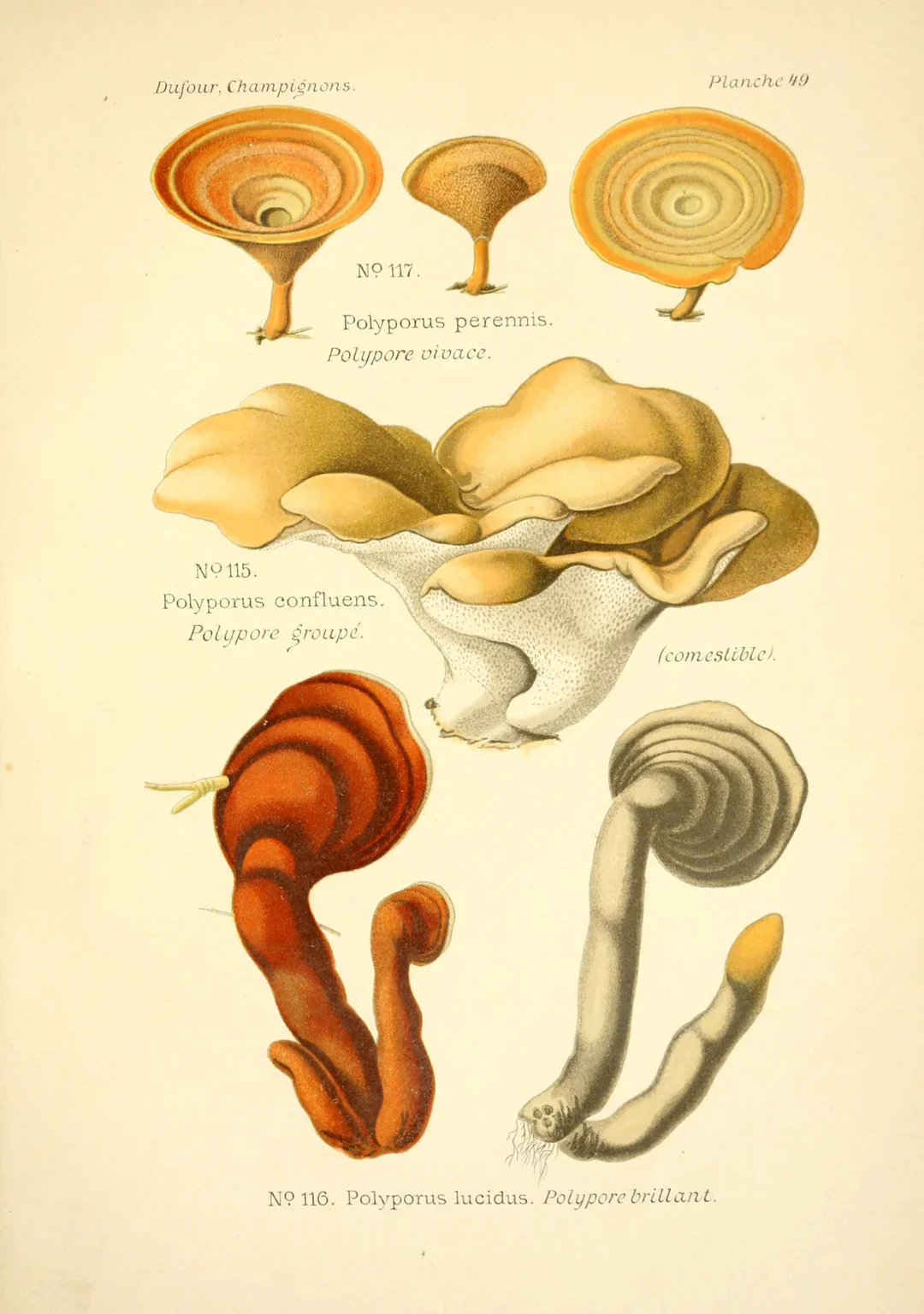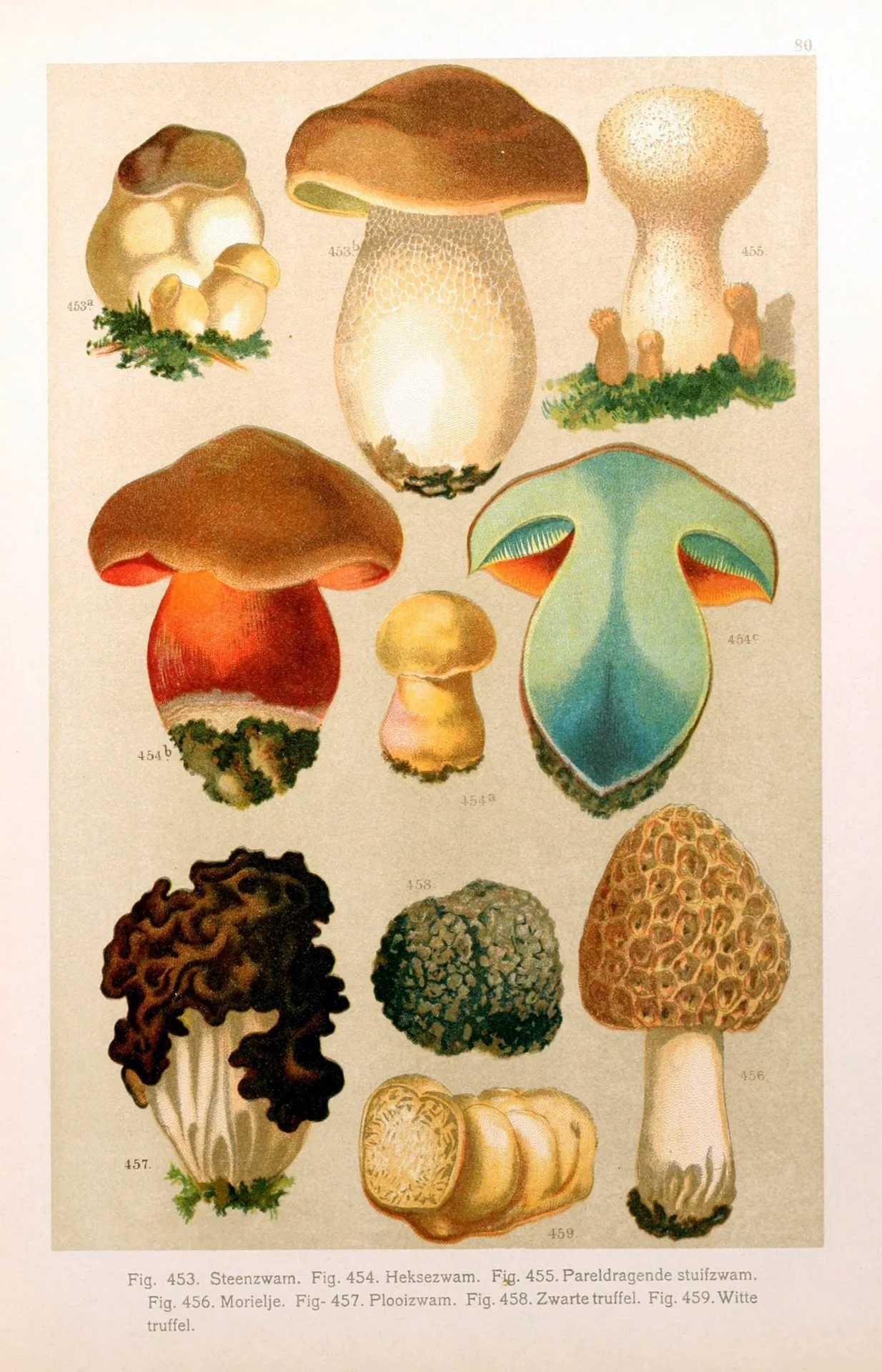Reishi Mushroom
Botanical name and description
Reishi mushroom (Ganoderma lucidum) is a macrofungus in the medicinal
mushroom family that grows mainly on hardwood trees as decayers, or
symbiotics (3,1), and is known by different names in various cultures. In Japan, it
is commonly called “Reishi,” which translates to “spiritual potency.” In China, it is
referred to as “Lingzhi,” meaning “divine mushroom,” and in Korea, it is called
“Youngzhi,” meaning “mushroom of immortality” (2). The appearance of Reishi is
fan-shaped or semicircular, with a dark red or brown hue, ochre-coloured edges,
and light brown esh, and the name “Lucidum” comes from the Latin root,
meaning ‘bright’, or shiny (1). Reishi grows on the stumps of deciduous hardwoodtrees such as oak, maple, magnolia, or acacia, and is found in temperate climates
such as Europe, Asia, and North America (3). Reishi is dried, ground down, and
turned into tablets, capsules, teas, broths, and tinctures, and is widely used
around the world today for various health conditions and ailments (4).
History and traditional use
Long known as the “mushroom of immortality”, Reishi has been used to promote
well-being and longevity since ancient times in traditional Chinese, Japanese and
Korean medicine (5). The use of Reishi was rst recorded over 2000 years ago in
Shen Nong’s Materia Medica to enhance vitality, strengthen the immune system,
and extend the lifespan (5). Many Emperors and Chinese nobility consumed
Reishi daily as a tonic, especially during times of stress (4). In the Daoist and
Buddhist religions, Reishi was used in many spiritual practices to achieve
immortality and spiritual enlightenment and was often used during meditations
to calm the mind and improve focus (7). The use of Ganoderma lucidim spread
from China to Japan and became an integral part of Japanese medicine for its
anti-ageing properties with the word “Reishi” translating to “10,000-year
mushroom” (7).
Actions and usage today
Today, Ganoderma lucidum is known for its diverse pharmacological properties,
such as anticancer, hypoglycaemic, immunomodulatory, cytotoxic, hypotensive,
anti-inammatory, apoptogenic and antioxidant effects, mainly attributed to its
triterpenes and polysaccharides (2,5). These compounds are primarily
responsible for Reishi’s anticancer actions by suppressing cell proliferation,
metastasis, and invasion, while promoting apoptosis, and stimulating the
immune system (5). Naturopaths and herbalists today use Reishi to treat various
conditions, including neurasthenia, prolonged illness-related debility, insomnia,
anorexia, dizziness, chronic hepatitis, high cholesterol, hypertension, chronic
fatigue syndrome, cancer support and bronchial coughs in the elderly (3).
Additionally, Reishi is used to support conditions such as arthritis, asthma,
diabetes, and lingering pathogens (post-viral fatigue), whether they be viral,
bacterial, or fungal in nature (3).
Science and clinical trialsRecent scientic research has identied around 400 bioactive compounds in
Ganoderma lucidum responsible for the many therapeutic actions recorded (5).
Pharmaceutical researchers are actively investigating the chemical and biological
properties of Reishi for potential new drug formulations based on recent studies
conrming Reishi’s benets for preventing and treating gastrointestinal, and
extraintestinal diseases, cancer, cardiovascular disease, diabetes, and microbial
infections (7).
In recent studies, Reishi has shown promise in treating metabolic disorders such
as diabetes and obesity due to its blood sugar and cardiometabolic regulating
properties, and there is current interest in its potential role in preventing and
treating coronavirus infections based on the inhibitory effects in-vitro (1,6). Reishi
is considered an untapped natural source of novel bioactive compounds with
signicant value in industry and medicine, particularly in drug development for
infectious diseases in Africa (3). Numerous bioactive components isolated from
Reishi are currently under investigation for their potent antiviral, antibacterial, and
antifungal properties against emerging diseases (3,7).
Herbal Ozempic®
I’VE BEEN TRIALLING IT!
It’s close to 6 weeks since I started a herbal alternative to Ozempic® for weight-loss and the results have been very positive thus far. I am on half of the recommended daily dose and have noticed my blood sugar stabilise and food cravings/chatter decrease immensely. This is helping me to make better food choices that are high in protein and healthy fats, and lower in carbohydrates. I have also noticed increased energy and reduced stress levels throughout the day. There are many natural weight loss alternatives on the market but the reality is that most of them DO NOT WORK! However this medicinal plant shares the same mechanisms of action as Ozempic® and other semaglutide based drugs on the market today. Get in quick!
Flick me an email to find out more and make your appointment amy.sartorel@gmail.com
Private Health Cover
REBATES RETURNING FOR NATUROPATHS
After years of lobbying, private health insurance rebates for Naturopathy are set to be reinstated in Australia. This is exciting news for our profession and for you as a patient. I’ll keep you posted on when this becomes official so you can start claiming rebates again! This marks a significant milestone in restoring fairness, accessibility, and recognition to Naturopathic medicine for our patients. It will depend on your particular fund, but most Australian private health insurance funds will soon include Naturopathy as a part of health extras cover. Stay tuned!


